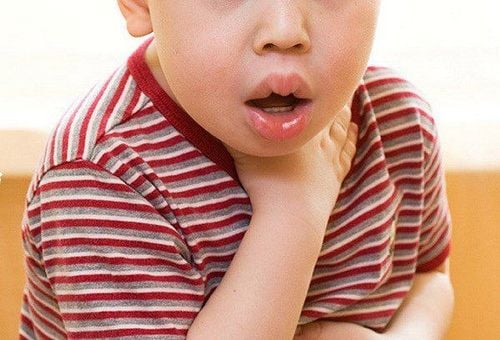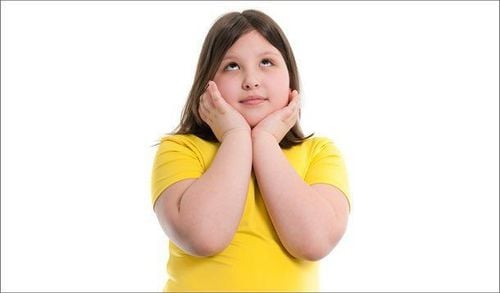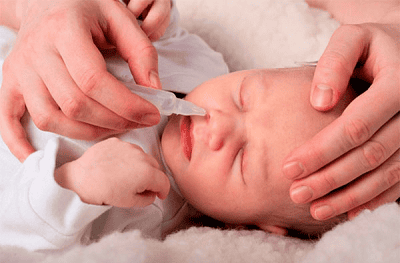This is an automatically translated article.
The article was consulted with Master, Doctor Nguyen Thi An - Pediatrician - Neonatologist - Department of Pediatrics - Neonatology - Vinmec Ha Long International General Hospital.Nasal congestion in infants is a condition in which the nostrils are filled with mucus, obstructing breathing, and over time, it will turn into many other diseases. So how to treat and care for a stuffy nose in babies?
1. Nasal congestion and causes of stuffy nose in babies
Nasal congestion in infants is a condition in which the nasal cavity is blocked by mucus, the airways are obstructed, making breathing difficult. This condition will make it difficult for the child to breathe, if not treated, the child will learn to breathe through the mouth, have trouble sleeping and eating. Accordingly, the common causes of nasal congestion in infants are:Flu Respiratory diseases caused by viruses (flu, etc.) Sinusitis Low environmental humidity, dry weather Allergens such as: dust, cigarette smoke, perfume, dishes, etc
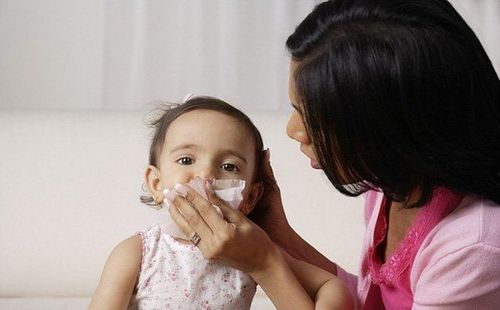
2. Children with stuffy nose what to do?
In fact, the condition of children with nasal congestion is not too dangerous, but if not treated and cared for for a long time, it can give rise to many other diseases for other children. Therefore, early care and treatment for children is very important. Parents can take care of a child with a stuffy nose as follows:2.1 Physiological saline drops Physiological saline drops have the effect of eliminating mucus, decongesting, cleaning and disinfecting the nose effectively. Mothers should drop their nose from 3 to 5 times / day, up to 4 days in a row to ensure good effects. However, mothers should note, if using physiological saline for a long time, it is easy to dry the nose and make the child's nose more sensitive, so parents should not be too abusive. The position of instilling saline for the baby is to lie on his back, put a few drops in each nostril, wait for a few minutes, wipe away the excess salt water that flows out.
Trắc nghiệm: các chỉ số cần chú ý về sự phát triển thể chất của trẻ
Chiều cao, cân nặng của bé ở từng giai đoạn nên là bao nhiêu là bình thường, bao nhiêu là bất thường? Cùng ThS.BS Ma Văn Thấm điểm lại xem bạn đã nắm được các chỉ số phát triển thể chất của bé chưa nhé!The following content is prepared under supervision of Thạc sĩ, Bác sĩ y khoa, Ma Văn Thấm , Nhi , Phòng khám Đa khoa Quốc tế Vinmec Dương Đông(Phú Quốc)
2.2 Using a nasal aspirator If a child has a blocked nose for a long time, a lot of mucus, parents should buy a nasal aspirator for the child. First, add physiological saline to dilute the mucus, then use the balloon squeeze to push all the air out, insert the suction tip into the baby's nose and then slowly release the balloon. Take a paper towel to clean the nozzle and then continue with the other side. After the suction is finished, it is necessary to clean the nose and nasal aspirator again. Sterilize the nasal aspirator with soap and rinse in boiling water. You should only suck your nose 1-3 times a day, because if you suck your nose many times, it will easily irritate the nose.

2.3 Nasal wing massage Nasal wing massage should be done after instilling physiological saline. Mothers do this by gently rubbing the sides of the nose with their thumbs and fingers. Performing nasal massage many times will help the baby's airways circulate more easily, reducing the symptoms of stuffy nose in babies.
2.4 Sauna Steam has the effect of thinning mucus, warming the nose, and reducing cough and congestion caused by colds. Sauna is done by pouring hot water into the basin and then letting the child sit in the sauna, but care should be taken not to let the child touch the water because it is easy to get burned.
2.5 Elevating the head when sleeping In addition to the small measures of salt, the measure of raising the child's head by raising the mattress, bed, crib, or putting a pillow under the head also works to help the child breathe easier and sleep better.
2.6 Run an Air Humidifier An air humidifier helps relieve pain or dryness and helps open up your nostrils. The machine should be used in the winter when the air is dry or when the air conditioner is cold in the summer.
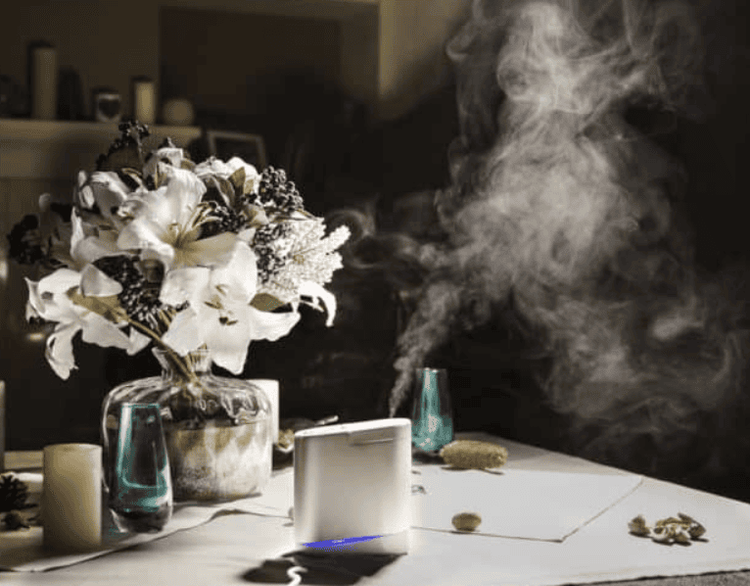
3. What not to do when your child has a stuffy nose
In addition to what needs to be done to help children avoid stuffy nose, parents also need to pay attention not to do the following things to avoid affecting their baby's health.Parents should not arbitrarily use vasoconstrictor drugs or antibiotics for children without a doctor's prescription. Because if the wrong medicine is used, the child will not be cured and at risk of serious complications. Do not use your mouth to directly suck mucus from your child's nose because bacteria from your mouth can cause superinfection, making the child's condition worse. If the nasal congestion persists for no apparent reason and the above measures are not effective, parents need to take the child to the doctor immediately. In fact, stuffy nose is still not as scary as many people believe if parents have proper child care methods. However, if home care methods for children with a stuffy nose do not improve, parents should take their children to medical centers for examination and treatment.

In addition, in order to prevent diseases that young children often get, parents should pay attention to nutrition to improve children's resistance. At the same time, add supporting foods containing lysine, essential micro-minerals and vitamins such as zinc, chromium, selenium, B vitamins,... snacks and less digestive problems.
Parents can learn more:
Why do you need to supplement Lysine for your baby?
The role of zinc - Guidelines for reasonable zinc supplementation
Please visit the website Vinmec.com regularly and update useful information to take care of your baby and family.
Please dial HOTLINE for more information or register for an appointment HERE. Download MyVinmec app to make appointments faster and to manage your bookings easily.






